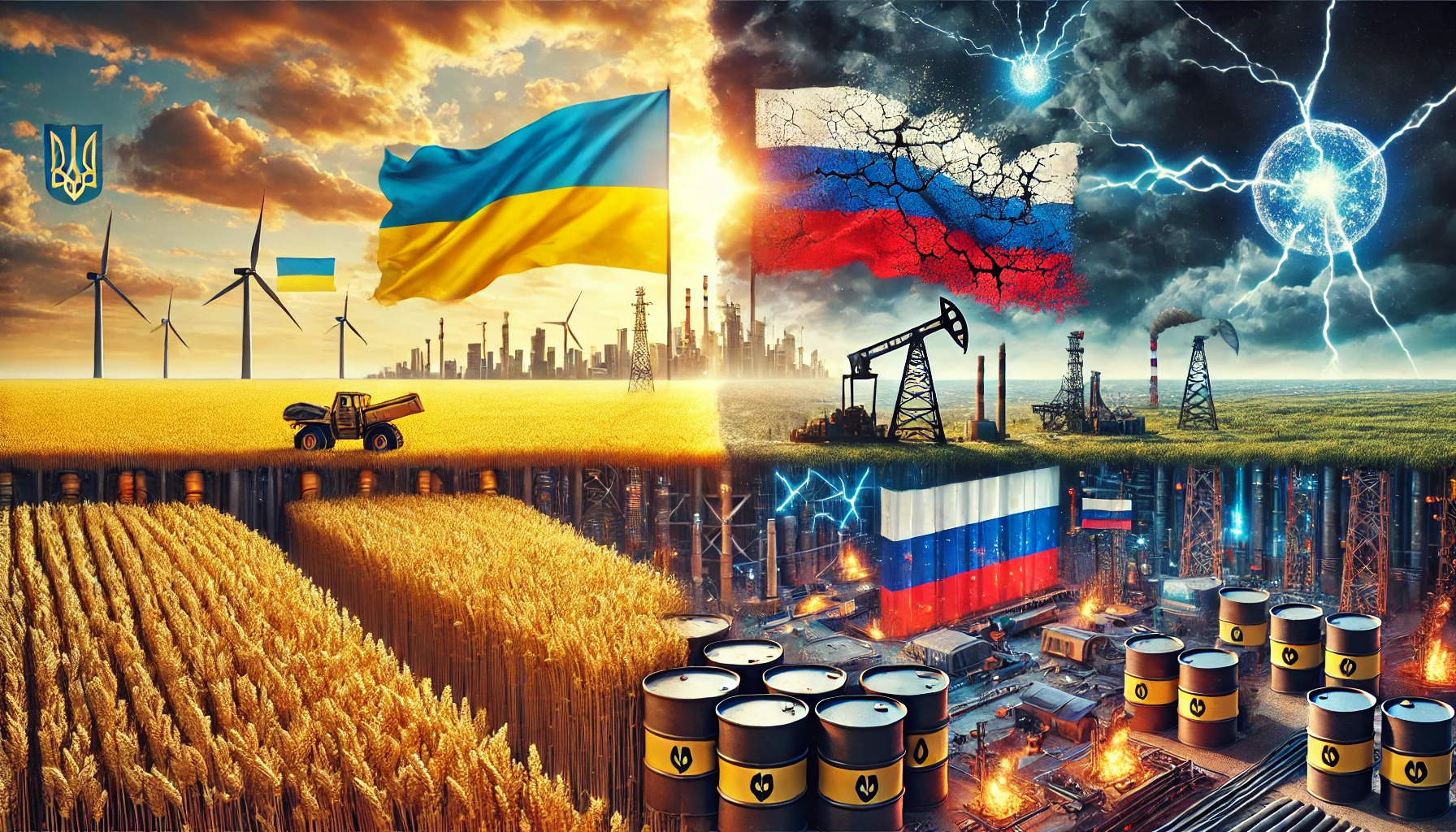The Economist: Ukraine is winning the economic war against Russia
20 December 2024 12:03
Ukraine is winning the economic war against Russia, although its economy remains a quarter smaller than in 2021. This is stated in an article by The Economist, according to "Komersant Ukrainian".
For the first time since the start of a full-scale invasion in 2022, Ukraine’s economic performance is better than the enemy’s in some key respects. The National Bank of Ukraine forecasts GDP growth of 4% in 2024 and 4.3% in 2025. The currency is stable, and the interest rate, at 13.5%, remains close to the lowest level in 30 months.
In comparison, in Russia, the rate could soon reach 23% due to the falling ruble, banks look unstable, and GDP is projected to grow by only 0.5-1.5% in 2025.
However, Ukraine is facing serious challenges: an escalating war, dwindling domestic resources, and uncertainty about US support.
Follow us on Telegram: the main news in a nutshell
Three phases of Ukraine’s war economy
Ukraine’s economic history has gone through three phases since 2022, The Economist notes. In the first, during active hostilities, the country was struggling with crisis situations. Martial law was imposed, and 14 million people fled their homes. Russia blocked Black Sea ports, strangling Ukrainian exports. In the first half of 2022, the NBU financed half of the state deficit, imposed strict currency controls, and inflation skyrocketed.
The second phase began after Ukraine repelled a Russian offensive in the south of the country in mid-2022. The situation stabilized. The grain deal allowed Ukraine to resume exports. The NBU returned to fighting inflation. In early 2023, Ukraine signed a package with the IMF, and the central bank stopped monetizing the budget deficit.
The restoration of macroeconomic stability allowed the government and businesses to adapt their operations to the war. Industrial parks were built in the safer western regions. Businesses invested abroad to protect their revenues. Public spending has more than doubled and now accounts for two-thirds of GDP, up from 41% in 2021, with defense and security accounting for almost 30% of GDP.
Private companies have also adapted, the publication says. After the destruction of Mariupol, entrepreneurs created new technological solutions for reconstruction and demining. Ukraine opened its own maritime corridor after Russia withdrew from the grain deal, allowing it to resume exports of not only grain but also metals and minerals.
Now the country is entering the third phase, facing three major challenges: acute shortages of electricity, labor, and finance. Due to Russian attacks, Ukraine can rely on less than half of its pre-war generating capacity. The labor force has shrunk by more than a fifth to 13 million people. The budget deficit in 2025 may approach 20% of GDP.
Despite this, businesses are cautiously optimistic. Ukrainian entrepreneurs continue to adapt and look for new opportunities for development, although obstacles remain significant. Further support from Western partners is especially important, without which the country may face serious economic difficulties after 2025, The Economist summarizes.
Follow us on Telegram: the main news in brief









